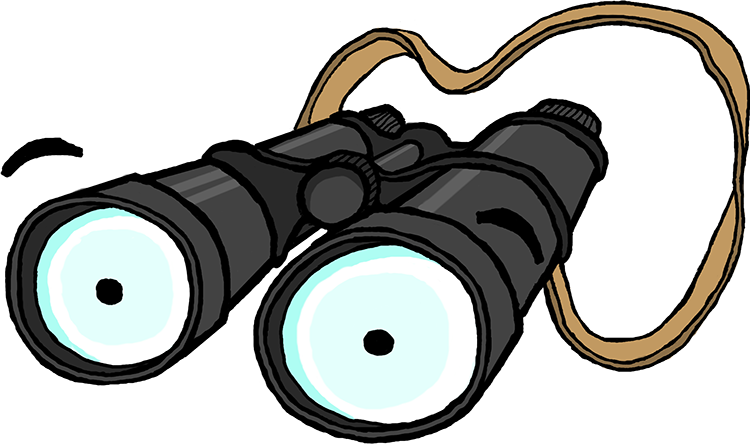Cartoons
Since the 19th century cartoons have been used as humorous illustrations in magazines and newspapers. During the First World War cartoons were used to ridicule the German threat and boost morale. Newspapers and magazines were subject to government censorship so cartoons were limited in their capacity to criticise the War. However the ‘comic’ nature of cartoons meant that they were able to get much closer to the reality of conflict than any other form of art or journalism.
Bruce Bairnsfather 1887-1959
Captain Bruce Bairnsfather went to France in November 1914 as Machine Gun Officer with the 1st Royal Warwickshire Regiment. He participated in the famous 1914 Christmas Truce, and was wounded in the Second Battle of Ypres on 25 April 1915.
Bairnsfather sent his first sketch to The Bystander in March 1915 and his cartoons soon caught the imagination of both the men on the front line, and their families back home. He soon became a household name and published volumes of his Fragments from France cartoons sold over a million copies. His cartoons appeared on merchandise including postcards, prints, jigsaws, playing cards and even a range of Bairnsfather Ware china. His most famous character was a walrus-moustached old soldier called Old Bill.
In 1916 Bairnsfather was transferred to the Intelligence Department of the War Office, and appointed ‘Officer Cartoonist’, touring the French, Italian and American fronts at the request of the Allied armies. By 1918 he had become the most famous cartoonist of his time, credited by General Sir Ian Hamilton as ‘the man who made the world laugh in its darkest hour.’
Archie Gilkison 1885 – 1916
Born in Glasgow in 1885, Archie Gilkison wrote and cartooned under the nickname “Baldy” for newspapers including the Glasgow Herald, Evening Times, Dundee Courier, London Opinion and Bristol Echo. He also illustrated books.
Though best known for his humour and wit, the war brought out a more serious and patriotic side to Gilkison’s art. From 1914-1916 he produced hundreds of cartoons, many focusing on the darkest elements of war – death, destruction and retribution. The work is erudite, referencing Shakespeare, the classical world and current affairs, and much of it is sharply ironic.
Following the rediscovery of his work in 2014, Gilkison, who was self-taught, has been described as “the Wilfred Owen of cartooning” – he is the only popular cartoonist known to have depicted the horrors of the war while it was ongoing.
Gilkison was perhaps at the height of his cartooning career just as he was conscripted into the Scots Guards in October 1916, despite having been rejected on medical grounds in 1914 due to life-long respiratory problems. During training in Berwick, a chill Gilkison caught developed into pneumonia and he died aged 31 on 2nd November of that year, never having made it to the front line.
Wipers Times
The Wipers Times was a trench magazine named after the army slang for the Belgian city of Ypres. It was a satirical publication offering a release from the misery of the conflict through songs, puns and literary parodies, all of which proved popular with the troops.


